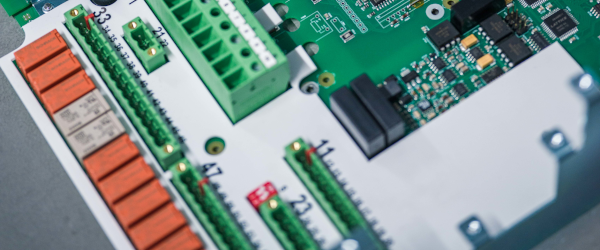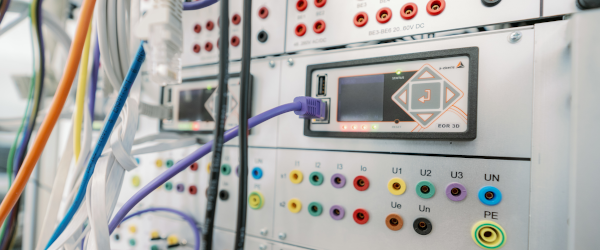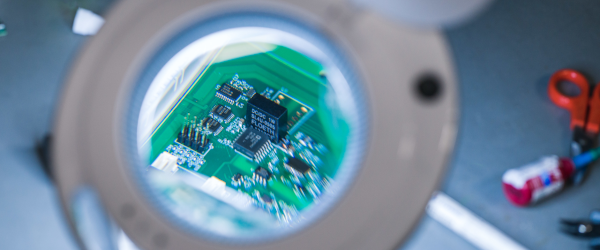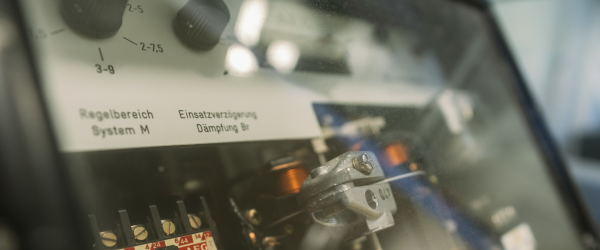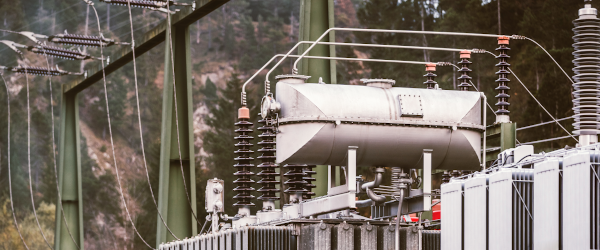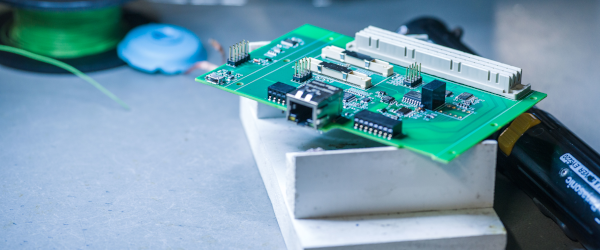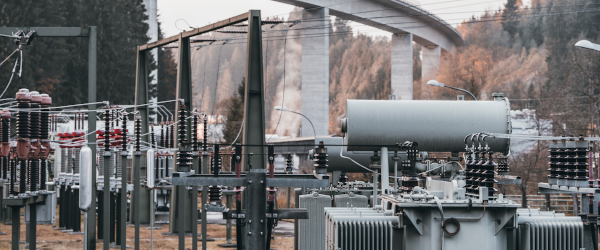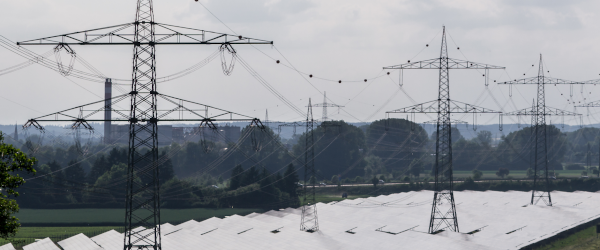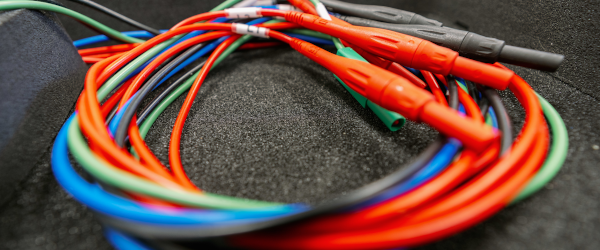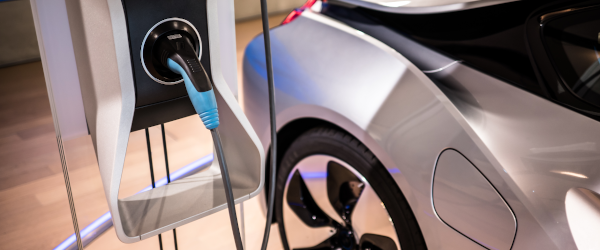The following considerations apply to a symmetrical operation of a three-phase network, so that the entire three-phase network can be modelled by a single-system equivalent circuit diagram. It should however be noted that the nominal voltage and the short-circuit voltage at the three-phase transformer are still specified as external conductor voltages. The nominal voltages U10 und U20 indicated on the rating plate (upper and lower voltage) always refer to the off-load operation. The nominal transmission ratio is UN = U10 / U20.
The fundamental considerations in Part 1 for the parallel operation of DC sources can be transferred to the parallel operation of transformers.
Requirements for efficient parallel operation
The main tasks for parallel operation are therefore:
- Avoidance/minimization of the circulating current
- Avoid unequal relative loading of the transformers
These tasks can be fulfilled if the following conditions are met:
- same nominal voltages, same transmission ratio (the same off-load voltages)
- same nominal value of the short-circuit voltages
- Ratio of the rated outputs is not greater than 1:2. If the rated output is exceeded, the dependent values of uk are so far apart that at the parallel connection too great differences occur between the relative loads.
Distribution of the load current
If the primary side and secondary side respectively of transformers A and B are placed directly on the same bus bar, both the magnitude and angle of the voltage vector of the two input voltages and output voltages must be the same. It is assumed that the impedance of the connecting lines between A and B is equal to 0! For the voltage drop UF across the windings, the following must therefore apply.




